Autonomous Emergency Braking

Active safety systems like Autonomous Emergency Braking face real-world challenges not replicated in tests. This insight explores these discrepancies and testing
Protecting Against the Dangers of Electrical Arc Flash
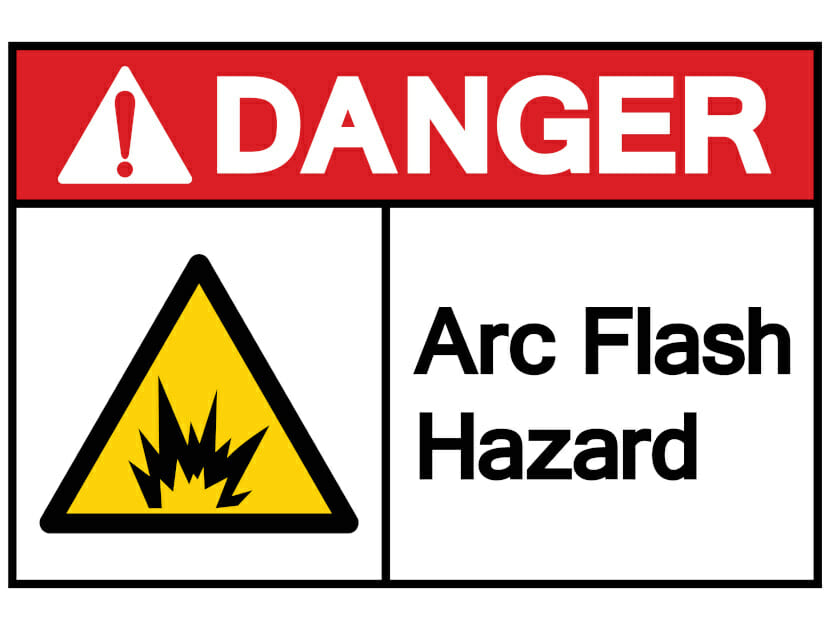
Arc flash, sometimes known as electrical flashover, is a low impedance short circuit that causes a very high current flow.
Pressure, Pushing Down On Me
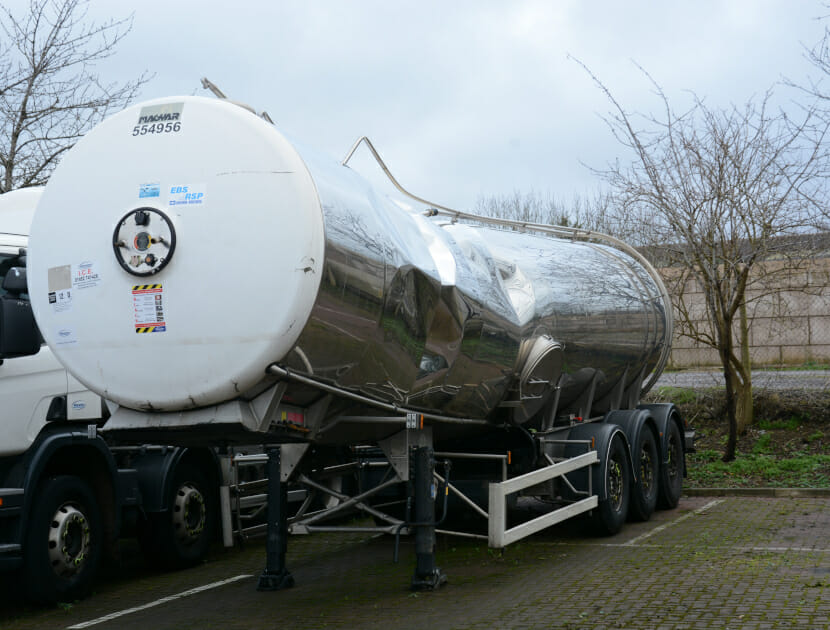
Everyone knows what an explosion is, but what about its opposite, an implosion? An explosion occurs when a large amount of energy is released into a small volume in a very short time, but what happens in an implosion? Put simply, an implosion is the opposite of an explosion, matter and energy collapse inward and all implosions are caused by some form of pressure acting from the outside on an object. If that pressure is greater than the pressure within the object, without adequate support, the object will collapse. This is a real risk in process industries (and submarines!).
Improving Building Investigation Efficiency with Targeted Survey Systems

Sometimes building owners, asset managers or maintenance teams have to face a harsh reality when it comes to managing, maintaining and monitoring their assets. For example, what if a Housing Association has discovered cracking in the render of the external wall insulation system on some of their 1000+ properties? If the cracking is caught at an early stage, it could be easy and inexpensive to repair, but if left exposed to the elements unchecked, the repair bills could be costly. A different example could be a portfolio manager who has just acquired hundreds of properties across a low-medium seismicity zone (i.e. risk of earthquake). Could it still be considered negligent to not assess the risk of these buildings collapsing during a foreseeable earthquake? In some situations, it would not be acceptable to simply survey a sample of the buildings, as it is possible that these surveys could miss the buildings with the most significant damage. With these types of investigations only a review of every building will suffice; however, sometimes resources, availability and costs are limited so a full investigation cannot be carried out on every single building or asset.
The Importance of Understanding the Starting Acceleration of Cars in Everyday Traffic

On UK roads in 2018, a total of 160,597 personal-injury road traffic collisions were reported to the Police, with at least one fatality recorded in 1,784 of those collisions.
Failure of Synthetic Fibre Lifting Equipment
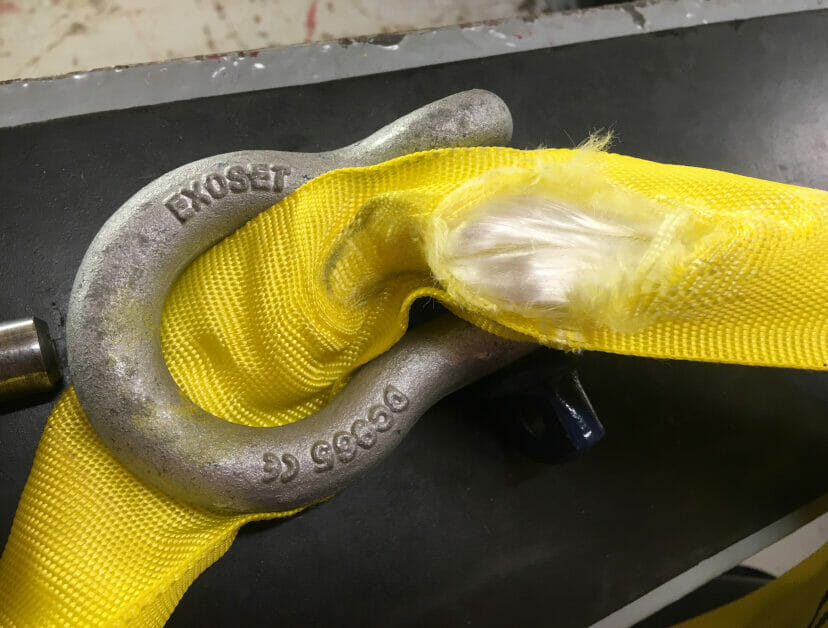
In the period between 2017 and 2018, the Health and Safety Executive (HSE) reported a total of 144 fatal injuries, and 71,062 non-fatal injuries, in the workplace under the RIDDOR procedure. The Reporting of Injuries, Diseases and Dangerous Occurrences Regulations requires both employers, and managers of certain premises, to report work-related accidents and deaths to the relevant authority. According to the HSE, the estimated cost of these workplace injuries was in the region of £5.2 billion.
An Introduction to Functional Safety
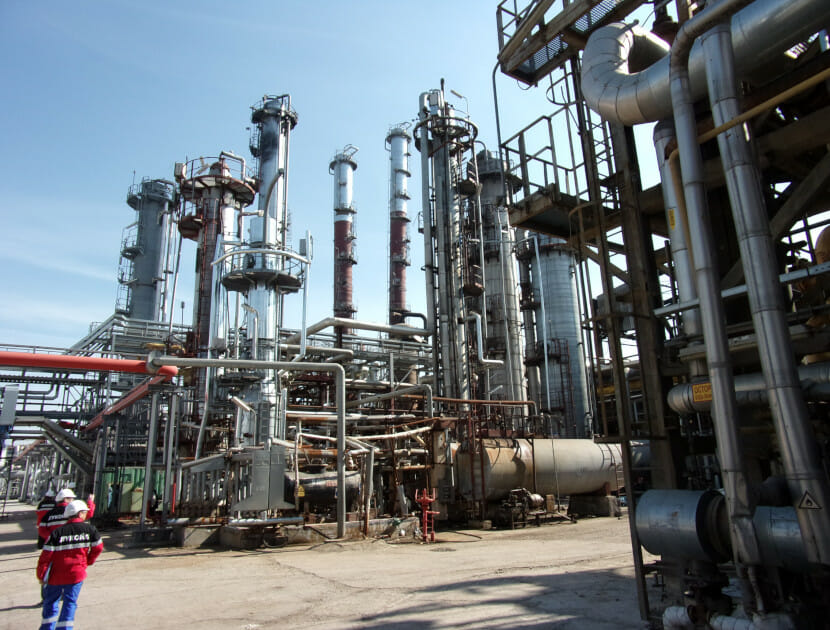
An Introduction to Functional Safety: It assesses Safety Systems, applying standards like IEC61508 for mechanical products.
Management of Lifting Operations
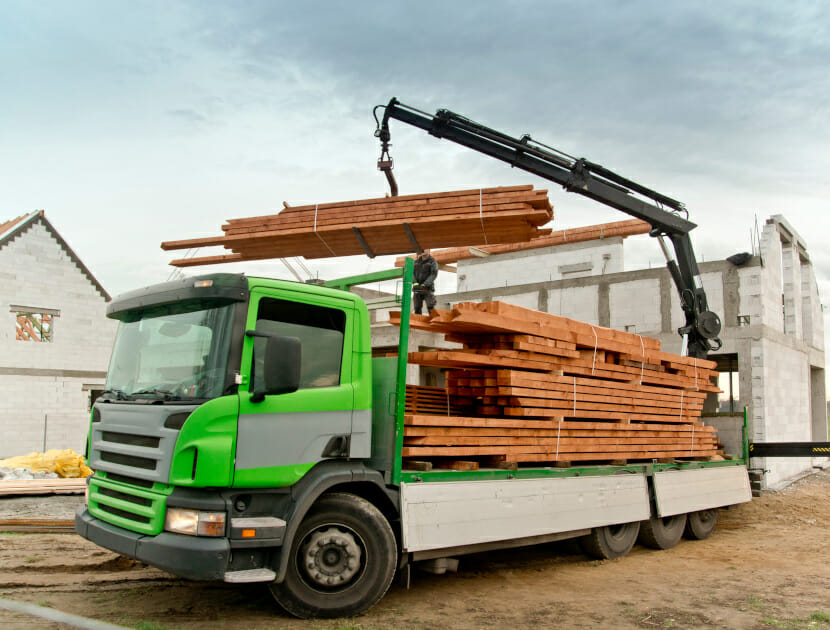
Lifting operations are not limited to large cranes on construction sites, but can occur in a range of industries and activities.
Avoiding Leaks From Heating Oil Storage Systems
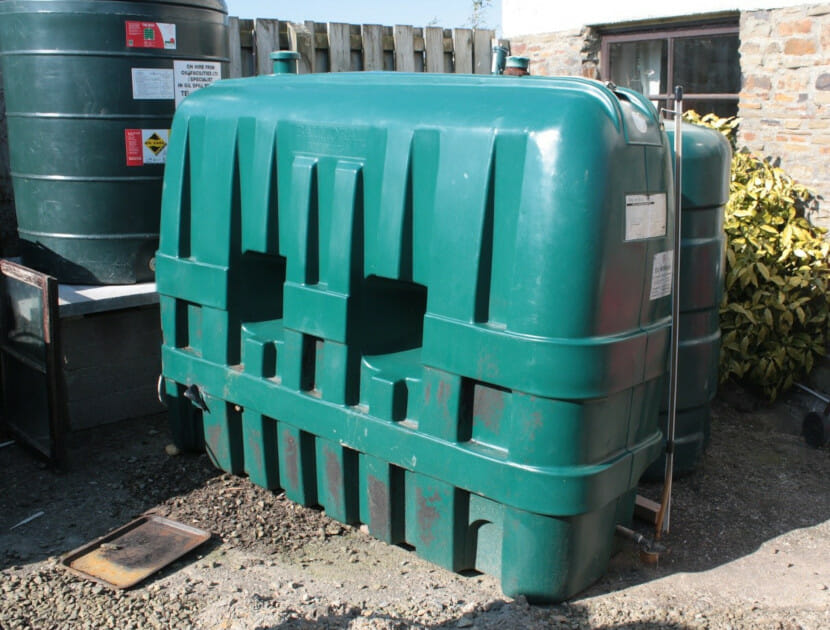
Hawkins is often instructed to investigate escapes of oil products such as kerosene heating oil and diesel from storage tanks, and pipelines in domestic and commercial situations, as well as within and on the roofs of buildings.
Arc Mapping

Our research involving compartment fires explored the reliability of a technique called “arc mapping” which uses the electrical wiring in a building to establish the origin of a fire. The analysis of three-dimensional data collected during the research indicated a high probability that localised melting on electrical conductors known as ‘arcing damage’ occurred in close proximity to the fire’s area of origin.